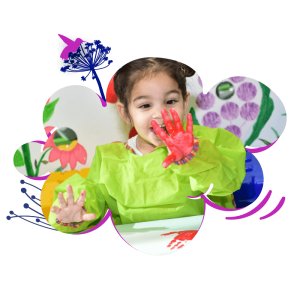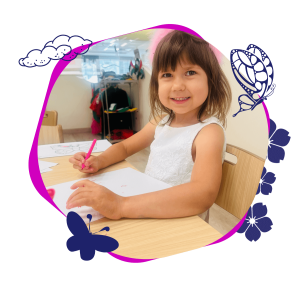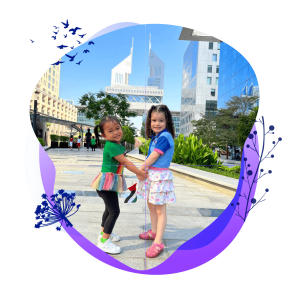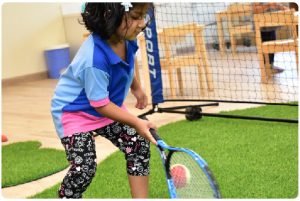1. Health & Hygiene Routine
Before Handling a Child:
- Wash hands thoroughly with soap and water.
- Use hand sanitizer if needed.
- Wear gloves if handling bodily fluids.
Daily Hygiene Tasks:
- Sanitize toys, surfaces, and high-touch areas.
- Monitor children for signs of illness (fever, rash, diarrhea, etc.).
- Report any health concerns to the supervisor.
Illness & Medication:
- Isolate children who show contagious symptoms.
- Only administer medication with written parental consent.
- Record any medication given in the child’s medical log.
2. Nappy Changing Procedure
Before Changing the Nappy:
- Gather supplies: clean nappy, wipes, barrier cream, disposal bag, and gloves.
- Set up a clean, safe changing area.
Changing the Nappy:
- Wash hands and wear gloves.
- Lay the child securely on the changing table.
- Remove the soiled nappy carefully.
- Wipe from front to back using baby wipes.
- Apply barrier cream if needed.
- Put on a clean nappy and fasten securely.
- Dispose of the used nappy and wipes properly.
- Sanitize the changing area and wash hands again.
3. Circumcision Care (If Applicable)
Before Handling the Area:
- Wash hands thoroughly.
- Prepare warm water and a soft cloth.
Cleaning & Care:
- Gently clean the circumcision site with warm water (avoid soap unless prescribed).
- Pat the area dry with a soft cloth.
- Apply prescribed ointment as directed.
- Ensure the nappy is loosely fastened to avoid friction.
- Monitor for redness, swelling, or signs of infection.
- Report any concerns to parents immediately.
Why Nursery Education is Essential
Emergency Actions:
- Know basic first aid and choking response procedures.
- Report any injury or allergic reaction immediately.
- Keep emergency contacts accessible.
Best Practices for Personal Care:
- Always handle babies with care and patience.
- Maintain clear communication with parents about hygiene and health.
- Follow all nursery hygiene and safety policies.
- Stay updated with training on personal care and hygiene.














